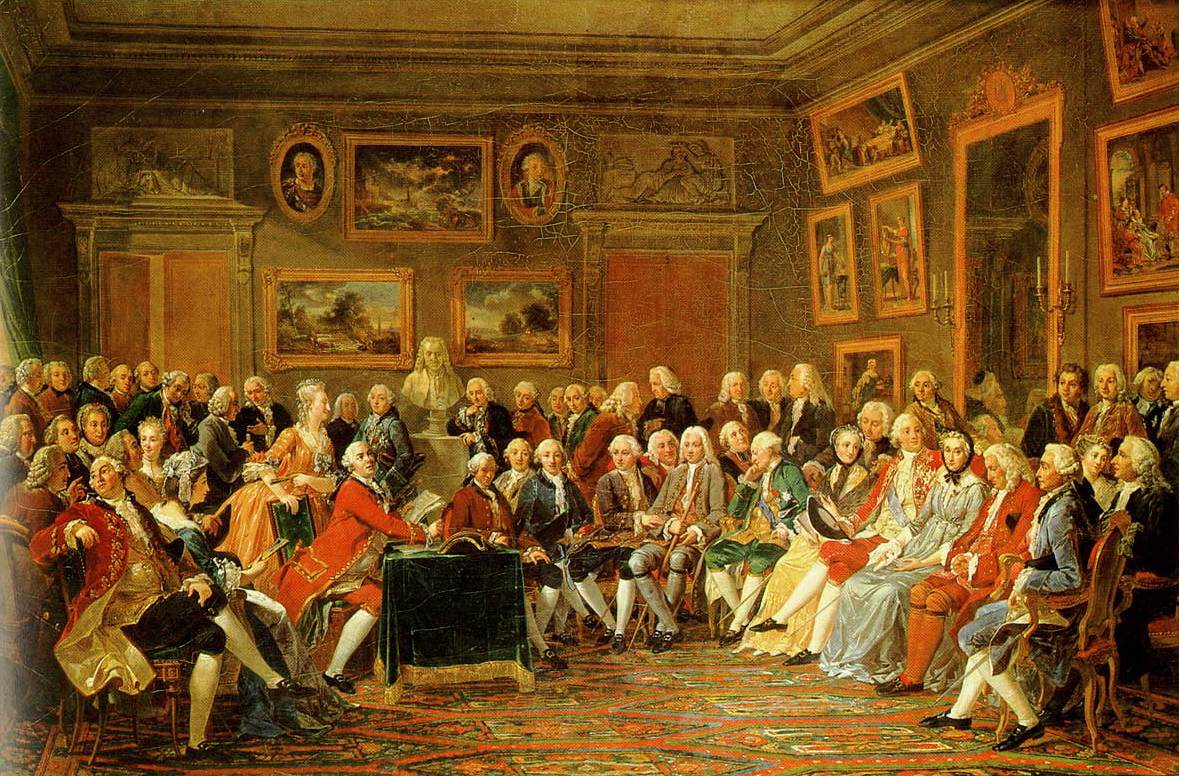The popular reaction, on the other hand, was an evangelical revival that began with the German Pietists. The Pietists asserted that religion came from the heart, not the head, and that God was far more than a watchmaker, more than the remote creator of the world-machine.
One of the chief leaders of Pietism was Count Nikolaus Zinzendorf (1700-1760), founder of the Moravian Brethren, who set up a model community based on Christian principles. Moravian emigrants to America established a colony at Bethlehem, Pennsylvania, helping to create the reputation for thrift, hard work, and strict living enjoyed by the Pennsylvania Dutch (“Dutch” meaning Deutsch, German).
In England John Wesley (1703-1791), ordained in the Church of England, at first stressed the ritualistic aspects of religion but then felt his own faith evaporating. Pietism converted Wesley to the belief that he would find faith through inner conviction. For more than fifty years Wesley labored to share his discovery, preaching throughout the British Isles in churches, in the fields, at the pitheads of coal mines, and in jails.
When Wesley died, his movement had already attracted more than 100,000 adherents, called “Methodists” because of their methodical devotion to piety and to plain dress and plain living. Though Wesley always considered himself an Anglican, the Methodists eventually set up a separate organization. The new sect won its following almost entirely among the lower and middle classes, among people who sought the religious excitement and consolation they did not find in deism or in the Church of England.
Although their beliefs diverged entirely from those of the Enlightenment, the Methodists, too, worked to improve the condition of society. Where the philosophes advocated public reform, the Methodists favored private charity; where the philosophes attacked the causes of evils, the Methodists accepted these evils as part of God’s plan and sought to mitigate their symptoms. They began agitation against drunkenness, the trade in slaves, and the barbarous treatment of prisoners, the insane, and the sick.
Wesley established schools for coal miners’ children and opened dispensaries for the poor. The Methodists’ success derived in part from their social programs and in part from the magnetism of Wesley and his talented associates.
In America, Methodist missionaries flourished under the dynamic leadership of Francis Asbury (1745-1816). The number of colleges called Wesleyan and the number of churches and streets called Asbury testify to the significance of Methodism in North American social history.

